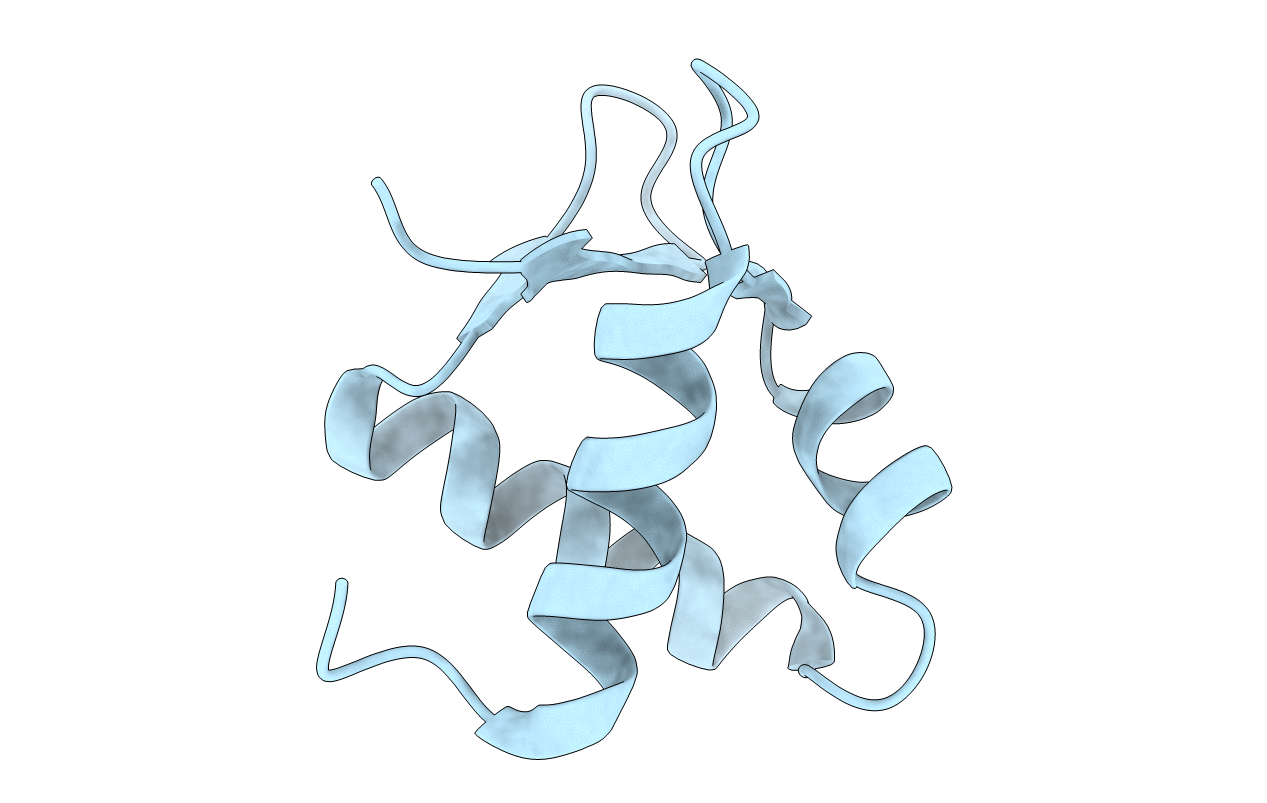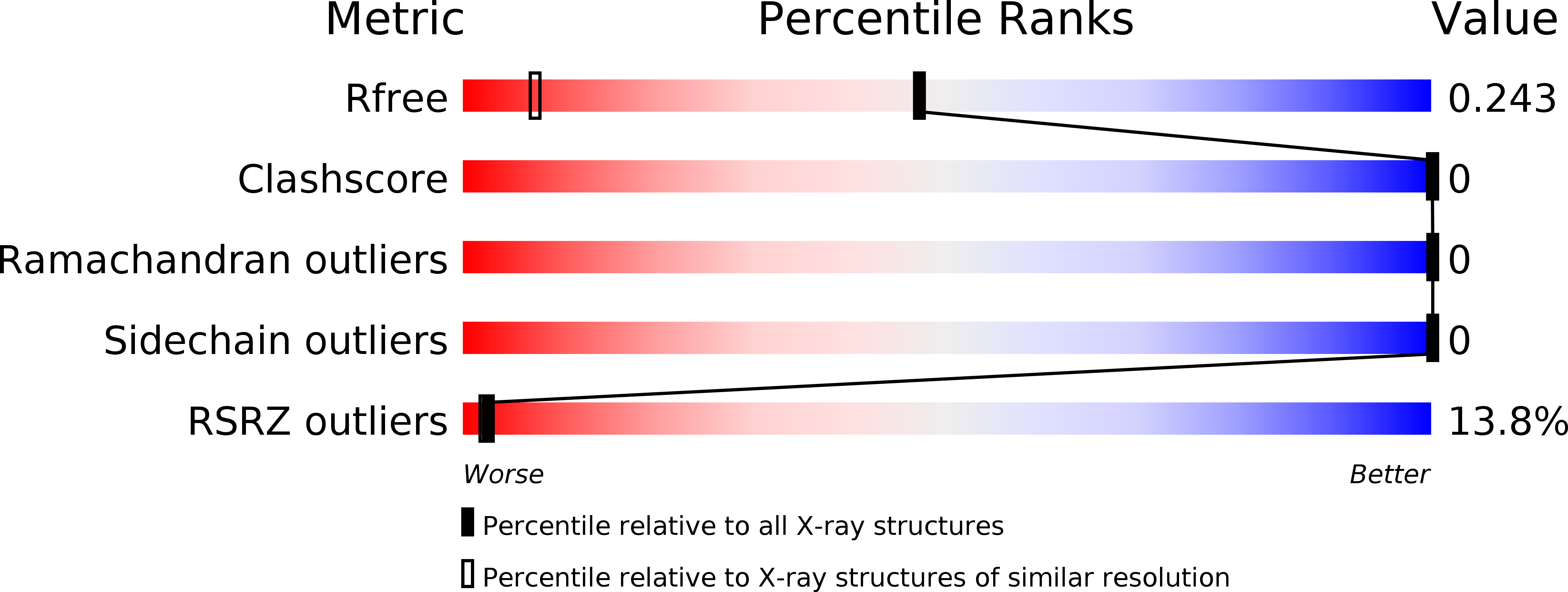
Deposition Date
2014-02-14
Release Date
2014-04-30
Last Version Date
2023-09-20
Method Details:
Experimental Method:
Resolution:
1.40 Å
R-Value Free:
0.23
R-Value Work:
0.19
R-Value Observed:
0.19
Space Group:
P 65


